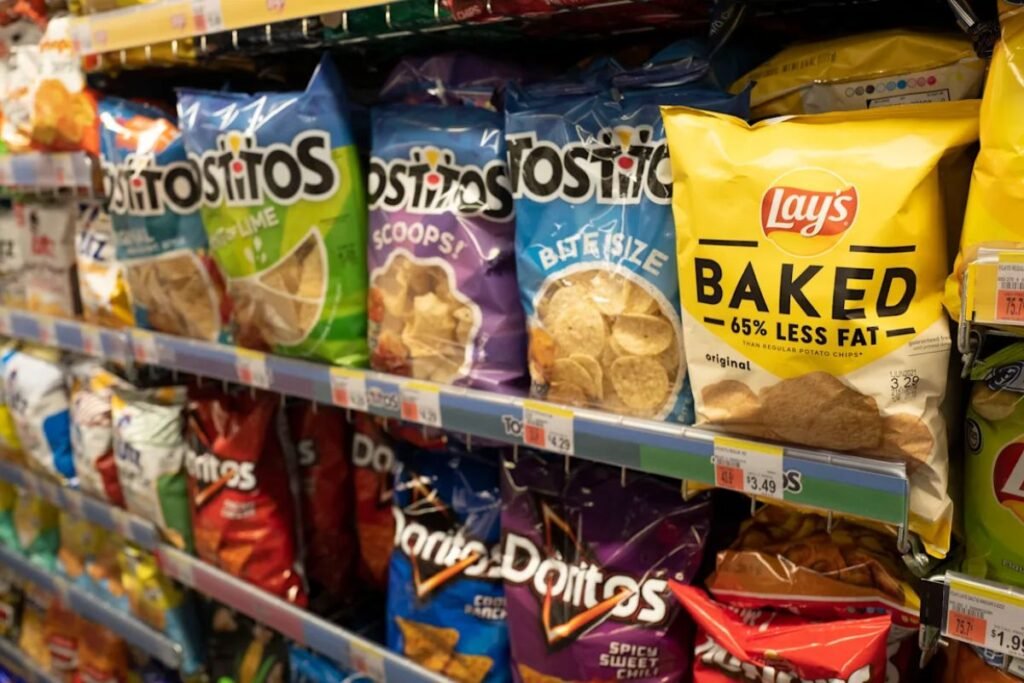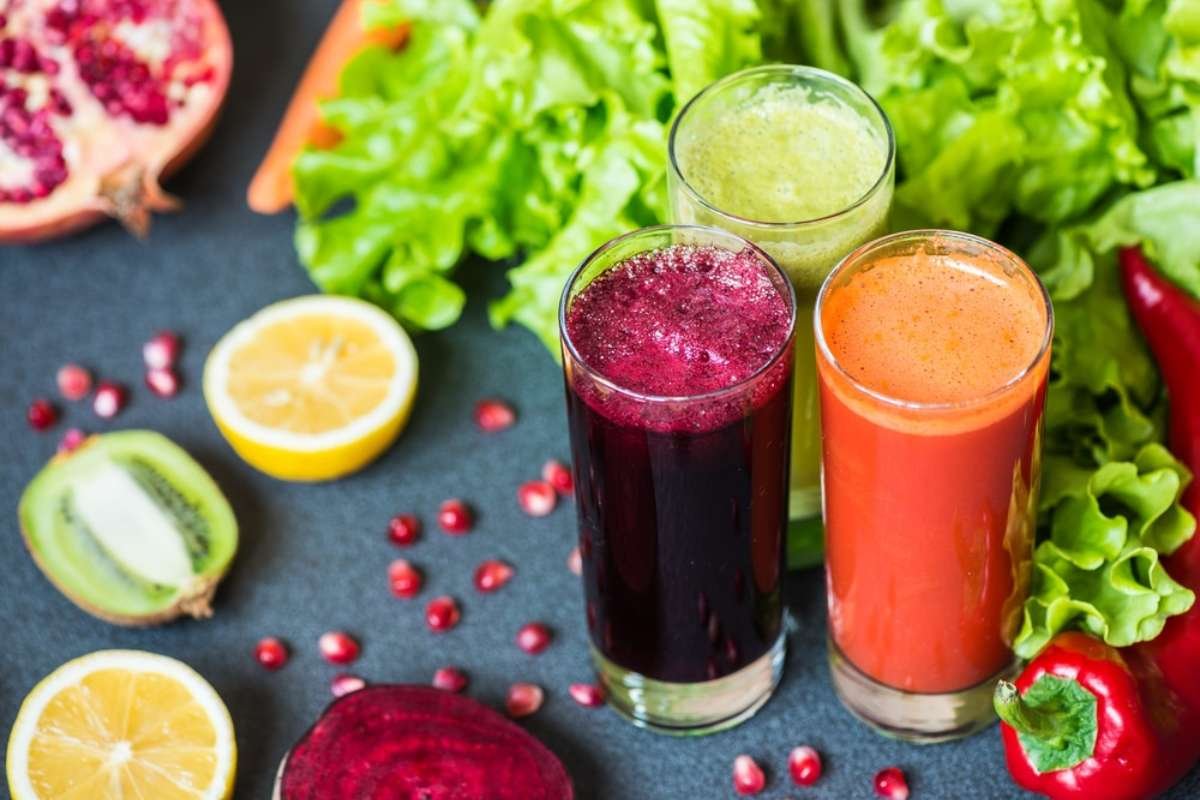A new report from the Centers for Disease Control and Prevention (CDC) reveals that Americans are consuming more than half of their daily calories from ultra-processed foods. The findings, based on data from the National Health and Nutrition Examination Survey (NHANES) conducted between August 2021 and August 2023, were released on August 7, 2025.
According to the data, 55% of the average American’s daily calorie intake comes from ultra-processed foods, industrially manufactured items that contain little to no whole food ingredients. The rate is even higher among children and adolescents, who derive nearly 62% of their calories from these products. Health experts warn that such consumption levels may contribute to rising rates of chronic diseases in the U.S., including obesity, heart disease, and type 2 diabetes.
Children at Higher Risk Than Adults
The report found that children under the age of 18 consume significantly more ultra-processed foods than adults. Children aged 6 to 18 were especially high consumers, with teenagers among the worst affected groups.
In comparison, adults aged 19 and older consumed 53% of their calories from ultra-processed foods. Among adult age groups, those between 19 and 39 had the highest intake at 54.4%, while older adults aged 60 and above had slightly lower levels at 51.7%.
Experts say these patterns reflect both environmental and behavioral factors. “If kids get a packaged snack or a dessert at school lunch every day, they think it’s okay,” said Julia Zumpanoa registered dietitian at the Cleveland Clinic. “It has to come from schools, parents educating themselves, and then educating their children.”
Small Decline Offers a Glimmer of Hope
Despite the concerning numbers, the CDC report noted a modest decrease in ultra-processed food consumption over the past decade. For adults, the percentage dropped from 55.8% in 2013–2014 to 53% in 2021–2023. For children, the decline was from 63.8% to 61.9%.
Public health advocates suggest that this decrease may be partly due to growing awareness campaigns, reduced consumption of sugar-sweetened beverages, and increasing availability of healthier food options in some communities. Dr. Fang Fang Zhang, a nutrition epidemiologist at Tufts University, pointed out that while the decrease is encouraging, more detailed analysis is needed. “I wish that there could be some analysis to see which food subgroup consumption is declining. It might be the sugars and beverages,” she said.
Policy and Education as Next Steps
In tandem with the CDC findings, Health and Human Services Secretary Robert F. Kennedy Jr. has renewed calls to reduce Americans’ dependence on ultra-processed foods. His department’s recent report highlights the role of such products in worsening national health indicators and calls for public policy measures such as educational outreach, school nutrition reform, and stricter marketing regulations.
Experts like Zumpano emphasize that without major shifts in both public policy and cultural attitudes, progress may remain slow. “We don’t have guidelines for junk food because why would we provide guidelines for junk food,” she said, “but about 10% [of total calories] would be reasonable.”
With mounting evidence linking ultra-processed food consumption to adverse health outcomes, public health officials agree that reducing dependence on these foods, especially among children, should be a national priority. As the food landscape continues to evolve, the challenge will lie in balancing convenience and affordability with nutritional value and long-term health.
Also Read :- Eating Fermented Foods for Gut Health Might Be the Missing Link in Your Routine









